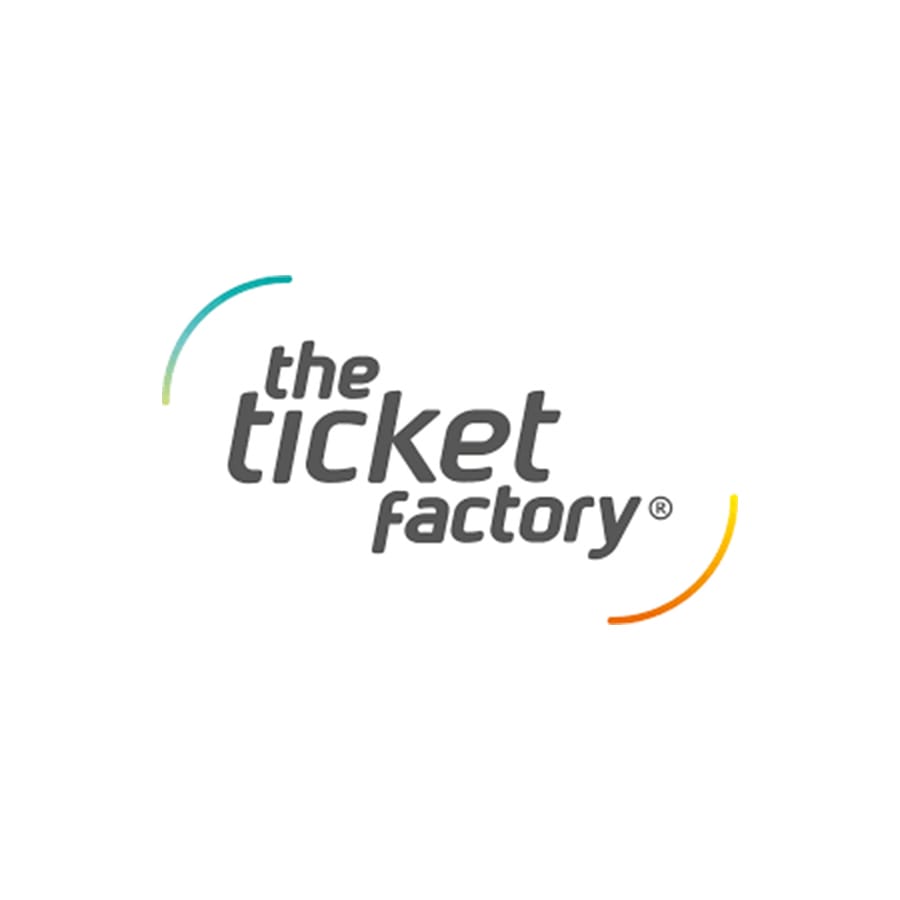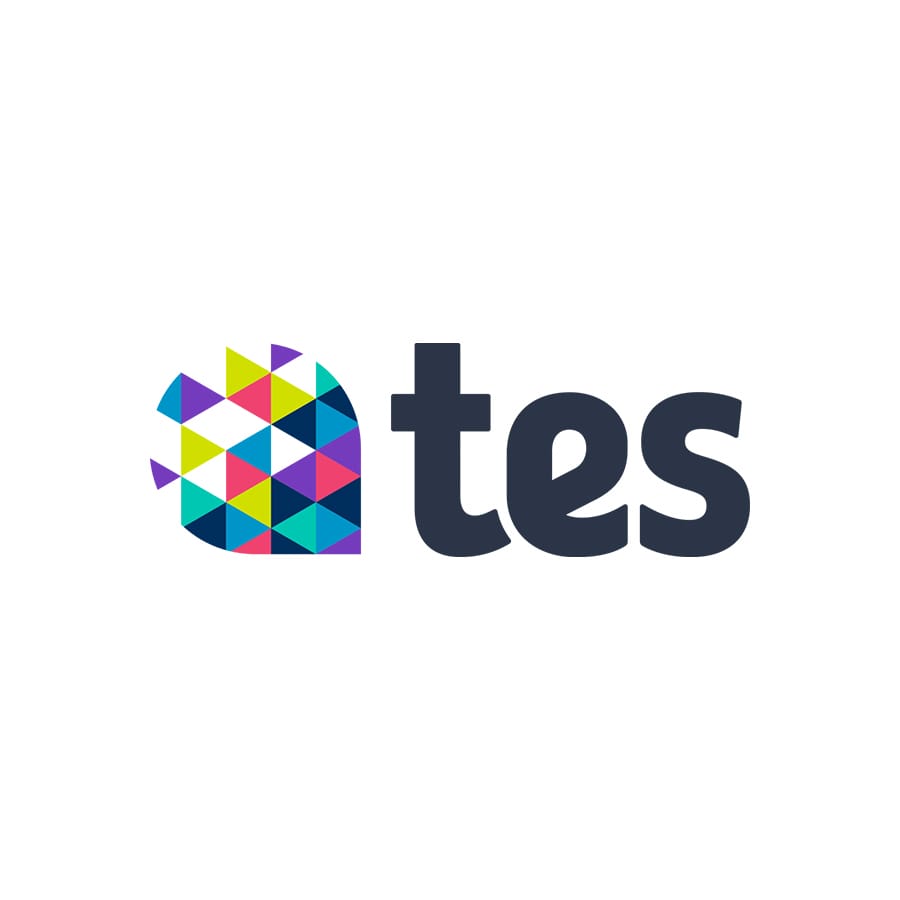In the highly competitive world of B2B marketing, understanding the needs and behaviours of your target audience is key to success. Today, marketers have access to powerful tools that help them decode buyer behaviours, such as B2B Marketing Intent Data. This guide explores what B2B intent data is, how it works, and how businesses can use it to identify and engage prospects effectively.
What is B2B Marketing Intent Data?
B2B Marketing Intent Data is a data-driven resource that provides insights into the online behaviours of a target audience. It tracks activities such as content engagement, keyword searches, and website visits to identify buyer intent. By analysing these intent signals, businesses can determine when prospects are researching solutions and position themselves to offer timely, relevant engagement. This level of insight is particularly valuable in ABM, because it empowers marketers to refine their strategies by identifying in-market accounts and delivering hyper-personalised outreach using intent tools, ensuring that messaging aligns with the prospect’s current needs and interests.
For example, if a prospect repeatedly searches for “cloud solutions for B2B” or visits multiple vendor websites, this activity signals a strong buyer intent. Businesses can then use this intent data marketing approach to create personalised campaigns that align with the prospect’s interests.
Why is Intent Data Important in B2B Marketing?
Intent data helps marketers move beyond traditional targeting based solely on demographics. It focuses on identifying prospects actively showing buyer intent through their online activities. By leveraging this data, businesses can prioritise high-intent leads, increase conversion rates, and enhance their overall lead-generation efforts.
How Does B2B Intent Data Work?
Intent data is gathered by monitoring digital footprints across various channels. These behaviours, referred to as intent signals, include:
- Website visits and pages viewed
- Downloads of whitepapers, eBooks, or reports
- Searches for industry-specific keywords
- Engagement with competitor content
- Participation in webinars or industry events
Intent data is derived from two primary sources: first-party intent data and third-party intent data. In particular, first-party intent data is foundational for ABM campaigns, because it offers direct insights into how an account engages with your brand.
The Role of Technology in Analysing Intent Data
Advanced technology platforms collect, process, and analyse intent data. Tools such as Demandbase, Bombora, and Intentsify combine party data sources to evaluate the likelihood of purchase, providing actionable insights to marketing and sales teams. AI-powered platforms take this a step further by scoring and ranking accounts within an ABM strategy, helping marketers prioritise high-intent prospects and tailor engagement efforts with precision. By leveraging these insights, teams can focus their resources on accounts most likely to convert, ensuring highly targeted and efficient outreach.
Types of B2B Marketing Intent Data
First-Party Intent Data
First-party intent data is collected directly from a company’s owned digital assets. It includes interactions on websites, email campaigns, or proprietary platforms. For example, if a visitor browses your website, reads multiple blogs, and downloads a product guide, this activity highlights clear interest in your offerings.
The advantage of this kind of intent data from first-party sources is its precision. Since you control the platform, the data is accurate and specific to your brand. For ABM teams, this data is invaluable in refining engagement with known accounts, allowing marketers to nurture them further down the pipeline with hyper-personalized content, targeted outreach, and timely follow-ups that align with their demonstrated interests.
However, its scope is limited to prospects already engaging with your assets.
Third-Party Intent Data
Third-party intent data is sourced externally, tracking a prospect’s interactions across other websites and platforms. For example, prospects researching a competitor’s solution or engaging with industry reports can indicate buyer intent that aligns with your offerings.
For ABM marketers, third-party intent data is particularly valuable as it helps businesses identify net-new accounts displaying in-market behavior. These could be prospects who weren’t previously on their radar but are actively researching relevant solutions. This expands the pool of high-intent accounts, enabling targeted engagement with potential buyers before competitors reach them.
While third-party data provides broader insights into the customer journey, businesses must ensure they work with reliable data providers to maintain compliance with privacy regulations and data accuracy.
Benefits of B2B Marketing Intent Data
Provides Insights into the Online Behaviours of a Target Audience
By analysing B2B marketing intent data, businesses gain a deeper understanding of their prospects’ needs and interests. This data helps identify accounts showing active buyer intent and informs more precise targeting.
Improved Lead Generation
Intent data enables companies to focus on prospects actively researching solutions. This targeted approach enhances lead generation efforts by prioritising high-quality leads over those less likely to convert.
Enhanced Personalisation
By leveraging intent signals, businesses can craft personalised content and campaigns. For instance, if a prospect searches for “intent data marketing tools,” marketers can deliver tailored messaging addressing their specific interests and pain points.
Alignment of Marketing and Sales
Intent data fosters collaboration between marketing and sales teams. Marketing identifies high-intent accounts, and sales can engage these accounts with personalised outreach strategies. This alignment improves efficiency and drives better outcomes.
Optimisation of Account-Based Marketing Campaigns
ABM strategies benefit significantly from B2B intent data. By focusing resources on accounts with the highest potential, businesses can optimise their campaigns and improve ROI.
Precise account tiering
Intent data enables more precise tiering of accounts within an ABM strategy, ensuring that resources are allocated efficiently. By categorising accounts into tiers based on engagement and buying intent, marketing and sales teams can prioritise their efforts, tailoring outreach intensity and content accordingly.
Applications of B2B Marketing Intent Data
Identifying High-Intent Accounts
Buyer intent data helps businesses identify prospects who are ready to engage. For example, if a prospect interacts with multiple blogs about “intent signals in lead generation,” this behaviour indicates interest and readiness for targeted outreach.
Content Strategy Development
Marketers can use B2B marketing intent data to shape content strategies. By identifying popular keywords or topics, such as “intent data marketing,” businesses can create blogs, guides, or webinars that resonate with their audience.
Optimising Paid Media Campaigns
Intent data ensures ad budgets are allocated effectively. By targeting accounts demonstrating clear buyer intent, businesses can maximise their paid media campaign impact.
In an ABM context, intent-driven advertising allows marketers to serve highly relevant ads to in-market accounts through platforms like LinkedIn Matched Audiences or programmatic display ads. These tactics ensure that ad spend is focused on the right audience, increasing engagement and conversion rates by delivering tailored messaging at the optimal stage of the buyer’s journey.
Improving Sales Conversations
Sales teams can use party intent data to tailor conversations with prospects. For instance, knowing a prospect’s interest in “third-party data tools” allows the salesperson to focus on relevant features and benefits.
Challenges and Considerations
Data Privacy and Compliance
Businesses must ensure their use of intent data complies with regulations such as GDPR and CCPA. Adhering to these laws is critical when working with party data collected from third-party sources.
For ABM campaigns, particularly when targeting global enterprise accounts, compliance is even more crucial. Different regions have varying data privacy laws, and failure to align with these regulations can lead to legal risks and reputational damage.
ABM teams must work closely with legal and compliance teams to ensure data collection, storage, and usage meet regulatory requirements while maintaining the precision and personalisation that make ABM effective.
Data Quality
The success of an intent data marketing strategy depends on the quality of the data. Businesses should partner with trusted providers and regularly validate their data to ensure its relevance and accuracy.
Complex Analysis
Interpreting intent signals requires expertise and advanced tools. Businesses may need to invest in platforms that integrate and analyse both first-party and third-party data.
Best Practices for Leveraging B2B Intent Data
Combine First-Party and Third-Party Data
To gain a comprehensive view of prospect behaviours, businesses should integrate both first-party and third-party data. For example, tracking a visitor’s activity on your website alongside their searches for related solutions offers a more detailed picture of their buyer intent.
Invest in Intent Data Platforms
Specialised platforms simplify the process of collecting, analysing, and acting on intent data. Using these tools ensures accurate and actionable insights for both marketing and sales teams.
Align Marketing and Sales Efforts
Ensure both teams are working from the same insights. By sharing information on high-intent accounts, sales and marketing can collaborate more effectively to drive conversions.
Refine and Optimise Campaigns
In ABM, optimisation means tracking key metrics such as account engagement scores and deal velocity alongside intent data to refine targeting and personalise outreach further. These insights help teams understand which accounts are progressing through the funnel and where additional engagement is needed to accelerate conversions.
B2B Marketing Intent Data: Enhance Lead Generation
B2B Marketing Intent Data is a game-changer for businesses seeking to enhance their lead generation and Account-Based Marketing strategies. By analysing intent signals, companies can identify high-value prospects and engage them with highly targeted and timely messaging.
Whether through first-party intent data or third-party data, businesses can gain insights into the online behaviours of their target audience and create personalised campaigns that drive results.
By integrating B2B intent data into your strategy, you can unlock new opportunities, improve efficiency, and deliver meaningful results. Start leveraging intent data today to stay ahead in the competitive world of B2B marketing.
FAQS
B2B Marketing Intent Data refers to the information gathered from tracking the online behaviours of businesses and their decision-makers. It provides insights into the online behaviours of a target audience, revealing when a company or individual is actively researching specific products, services, or solutions. These behaviours are often captured as intent signals, such as visiting product pages, downloading resources, or searching for relevant keywords.
For example, if a potential buyer frequently visits websites discussing “CRM solutions for small businesses,” this activity reflects a clear buyer intent to find a CRM provider. Businesses can leverage this data to prioritise these prospects and craft tailored marketing messages that directly address their needs.
In traditional B2B marketing, targeting often relies on demographic or firmographic data, such as company size, location, or industry. While this information is useful for identifying potential customers, it lacks insight into their readiness to buy. B2B intent data fills this gap by focusing on buyer intent, allowing marketers to identify which businesses are in the active research phase of their buying journey.
This approach shifts the focus from broad targeting to a more refined strategy based on behavioural signals. By acting on these signals, businesses can reach prospects at the right time with highly personalised campaigns that resonate with their immediate needs.
Types of Intent Signals
Intent signals are the digital footprints left by potential buyers during their research journey. These include:
- Website Behaviour: Pages visited, time spent on specific sections, and repeat visits to product or pricing pages.
- Content Consumption: Downloading eBooks, whitepapers, or case studies.
- Search Activity: Keywords searched on external platforms or internal site search data.
- Engagement with Competitor Content: Viewing competitors’ blogs, reviews, or product comparisons.
By analysing these signals, businesses can gain a clearer understanding of where prospects are in the buying process and adjust their marketing strategies accordingly.
The importance of B2B marketing intent data lies in its ability to go beyond static customer profiles and offer dynamic, actionable insights. By identifying buyer intent early in the customer journey, businesses can:
- Prioritise high-intent accounts and focus resources where they are most likely to yield results.
- Align marketing and sales teams by providing both with real-time insights into the most engaged prospects.
- Personalise campaigns to match the specific interests and needs of their audience, leading to improved engagement and conversion rates.
In short, B2B intent data empowers businesses to move from a reactive to a proactive approach, ensuring that marketing efforts are both timely and relevant.
- The 4 C’s of B2B marketing are a framework that focuses on critical areas to create effective marketing strategies:
- Customer: Understanding the needs, behaviours, and challenges of your target audience.
- Cost: Considering the value your solution provides and aligning pricing strategies to meet customer expectations.
- Convenience: Making it easy for customers to access your products or services, whether through seamless online platforms, responsive support, or streamlined purchase processes.
- Communication: Engaging customers with clear, relevant, and consistent messaging across all channels to build trust and nurture relationships.
By focusing on these four areas, B2B marketers can develop campaigns that resonate with their audience and drive meaningful engagement.
B2B marketing data encompasses the information used by businesses to target, engage, and convert other businesses into customers. This data includes:
- Demographic Data: Information about decision-makers, such as job titles and roles.
- Firmographic Data: Details about companies, including industry, size, revenue, and location.
- Behavioural Data: Insights into online activities, such as website visits and content engagement.
- Intent Data: Signals that reveal a prospect’s interest in specific solutions, such as search behaviours or interactions with competitor content.
When used effectively, B2B marketing data helps companies identify the right accounts, personalise outreach, and improve the efficiency of their marketing and sales strategies.
Yes, intent data is highly valuable in B2B marketing. By revealing buyer intent, it helps businesses identify high-priority accounts that are actively researching solutions, allowing for more targeted and timely engagement. Benefits of intent data include:
- Improved Lead Prioritisation: Focus on accounts with the highest likelihood of conversion.
- Enhanced Personalisation: Tailor messages to align with the specific interests and needs of prospects.
- Increased ROI: Maximise the effectiveness of marketing and sales efforts by targeting high-intent prospects.
- Stronger Marketing-Sales Alignment: Share actionable insights that enable teams to work together efficiently.
Although intent data requires an investment in tools and resources, its ability to streamline campaigns and improve results makes it a worthwhile addition to any B2B marketing strategy.












































